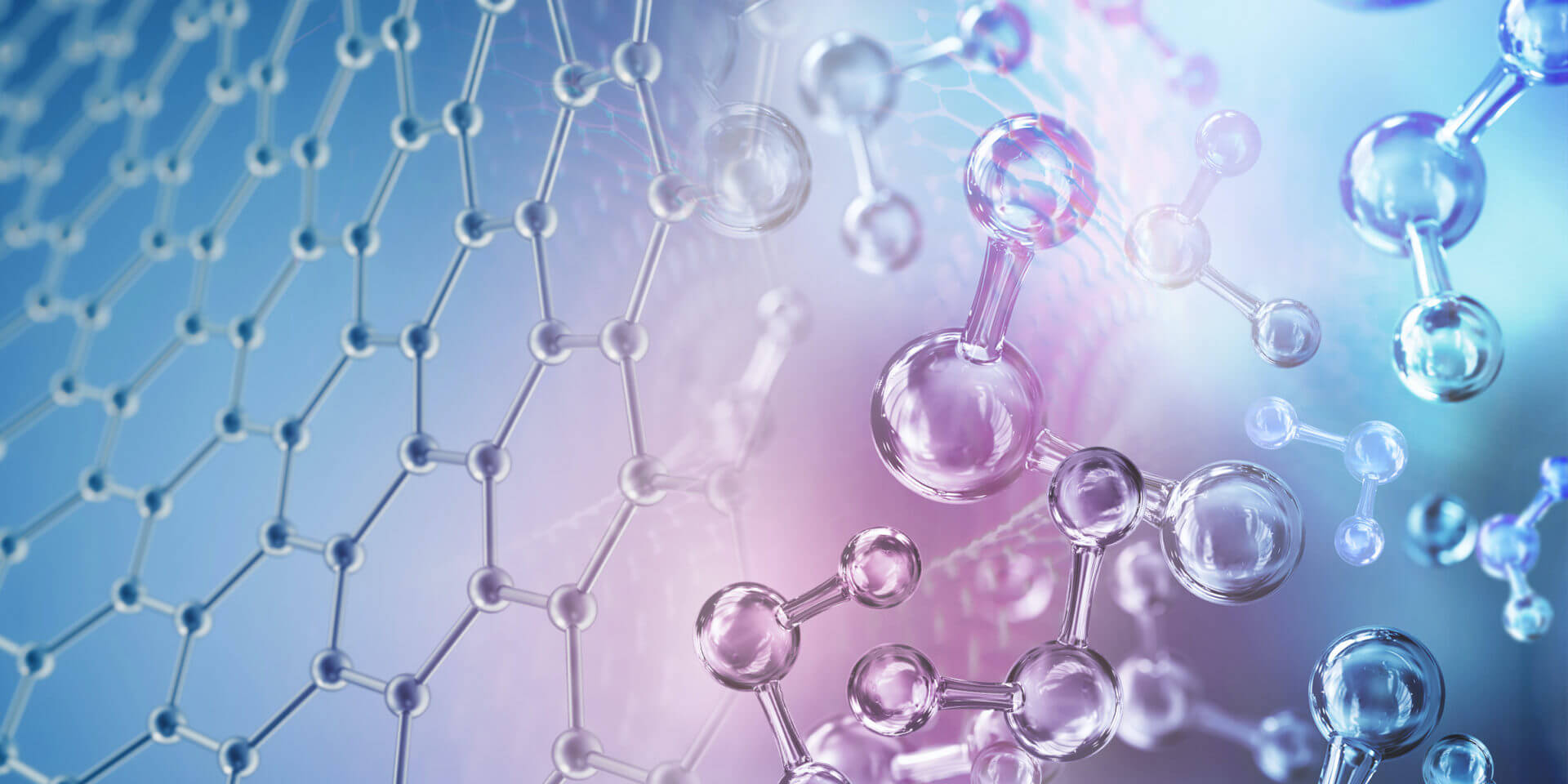
Water is weird – and yet so important. In fact, it is one of the most unusual molecules on Earth. It boils at a temperature it shouldn’t. It expands and floats when it is in the solid-state. Its surface tension is higher than it should be. Now, new research published in the journal Nature has added one other equally strange property to water’s list of oddities. The implications of this new revelation could have a remarkable impact on all water-related processes from water purification to drug manufacturing.
Stephen Cronin, professor of electrical and computer engineering at USC Viterbi School of Engineering, and Alexander Benderskii, associate professor of chemistry at the USC Dornsife College of Letters, Arts and Sciences, have showed that when water comes into contact with an electrode surface all its molecules do not respond in the same way. This can dramatically affect how well various substances can dissolve in water subject to an electrical field, which in turn, can determine how a chemical reaction will occur. And chemical reactions are a necessary component in how we make…everything.
It’s appropriate that this groundbreaking work should come from interdisciplinary research between a chemist and an electrical engineer. After all, chemistry is fundamentally a study of electrons, and chemical reactions are what make the materials our modern world is built on. Each researcher provided an important component to the work. In this case, a groundbreaking electrode from the engineer, Cronin, and an advanced laser spectroscopy technique from the chemist, Benderskii. Ultimately, it was the combination of these two designs that led to the breakthrough observed.
First, Cronin designed a unique electrode built from monolayer graphene (just 0.355nm thick). Building graphene electrodes in and of itself is a very complex process. In fact, the electrode needed for this particular research is one that research groups across the globe have tried and failed to do in the past. “Alex and I had been struggling a while to achieve this and we had to change our design many times. It’s rewarding and exciting to finally see the results of our work,” Cronin said.
Once the electrode is placed on a cell of water and begins running a current, Benderskii’s technique comes into play. He uses a special laser spectroscopy method that only a handful of other research groups have been capable to reproduce. “Using our approach to observe water molecules for the first time under the conditions of our experiments, we were able to see how the molecules interacted with the field in a way no one had previously understood,” Benderskii said.
What the two found was that the top layer of water molecules closest to the electrode align in a completely different way than the rest of the water molecules. This realization was unexpected. But it can open the way to run more accurate simulations of how aqueous chemical reactions in various fields affect the materials they work with. One particular area where this research could have an immediate impact is providing clean water. “Water in contact with graphene is indeed being proposed as a new technology in de-salinization,” Cronin said. “Our research could help scientists design better simulations that will ultimately bring to people desalinated clean water faster, cheaper, and cleaner.”
Benderskii and Cronin don’t plan on ending their long-standing research collaboration anytime soon. Now that they have identified this new quality of water, they plan to dig deeper. “Our published research is about how water collectively responds to a current. Next, we are trying to understand how this response works at an individual molecular level,” Benderskii said.
